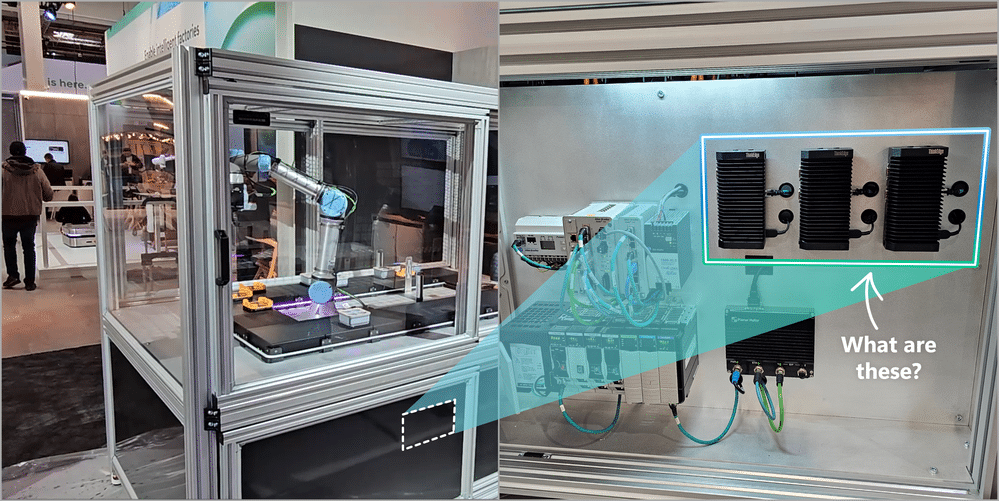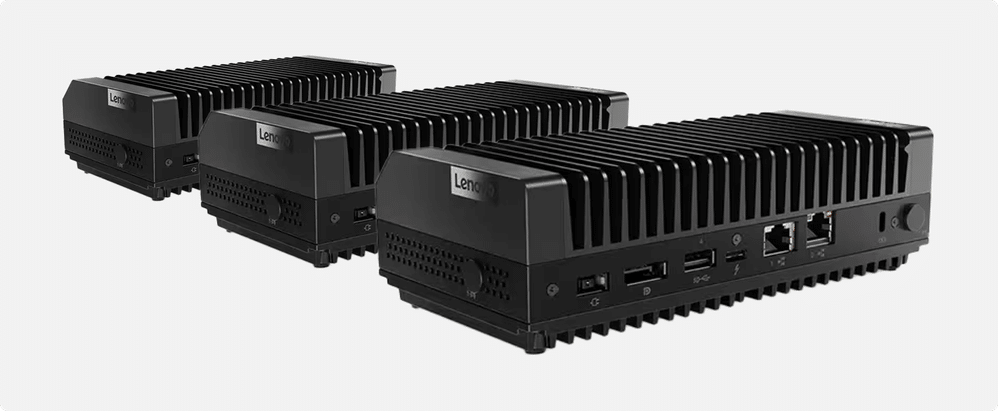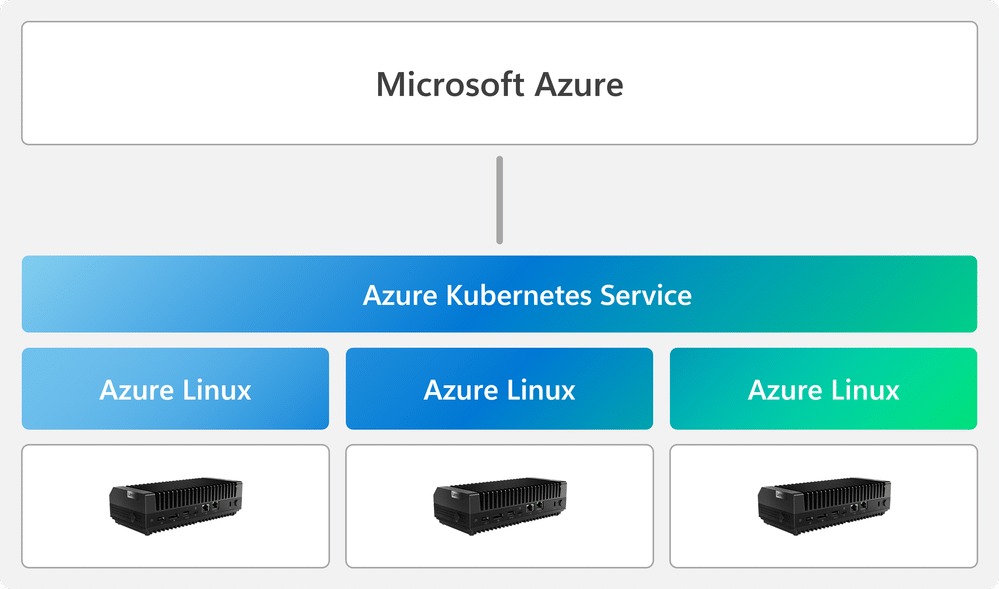Hannover Messe 2024 represents a significant event in the global industrial sector, serving as the world’s largest industrial trade fair. Microsoft’s participation, particularly the Azure Stack team, highlights their contributions to integrated manufacturing solutions through the Microsoft Cloud. These solutions facilitate secure connections among personnel, assets, and operational processes, enhancing organizational resilience.
Hannover Messe 2024 represents a significant event in the global industrial sector, serving as the world’s largest industrial trade fair. Microsoft’s participation, particularly the Azure Stack team, highlights their contributions to integrated manufacturing solutions through the Microsoft Cloud. These solutions facilitate secure connections among personnel, assets, and operational processes, enhancing organizational resilience.

A demonstration featuring a robotic assembly line assembling battery components is prominently positioned within the Microsoft booth. This setup incorporates standard operational technology (OT) assets provided by Rockwell Automation, exemplifying the integration of adaptive cloud strategies and open standards like OPC UA to expedite industrial digital transformation. Enabled by Azure IoT Operations and Azure Arc, data is seamlessly transferred from the production line to Microsoft Fabric, supporting cloud-based real-time monitoring and analysis.
Adopting advanced OT technologies such as Azure IoT Operations, built on Kubernetes, presents substantial challenges in computing infrastructure, particularly at the edge. Critical requirements for these infrastructures include ease of deployment, manageability at scale, and the provision of essential capabilities like managed Kubernetes and high-grade resilience, all within the constraints of an industrial environment.

Addressing these needs, Microsoft is pioneering the extension of Azure edge infrastructure to more compact devices such as edge or industrial PCs. Demonstrated at Hannover Messe using Lenovo ThinkEdge SE30s, these devices offer a robust, cost-effective solution with optimal performance for specific applications, powered by Intel Core i5 vPro processors and 16 GiB of memory.
This innovative infrastructure approach merges traditional Azure Stack HCI elements with new methodologies. The host operating system is Azure Linux, with Azure Kubernetes Service transforming these devices into a Kubernetes cluster operating directly on the hardware without virtualization. This infrastructure is entirely managed and operated via the Azure cloud.

Moreover, the adaptive cloud strategy is a unified control plane for comprehensive application and infrastructure management. A demonstration at the event showcases the utilization of Azure Resource Manager (ARM) and Azure Portal in managing this new edge infrastructure. This system allows configurations to be standardized and deployed as infrastructure-as-code, integrates seamlessly with Azure management services like Azure Monitor, and facilitates direct interaction with Kubernetes resources.
For now, this new edge infrastructure solution is a technology demonstration. Previews will start later this year. If you’re interested, sign up now to be among the first to get early access.
Engage with StorageReview
Newsletter | YouTube | Podcast iTunes/Spotify | Instagram | Twitter | TikTok | RSS Feed
